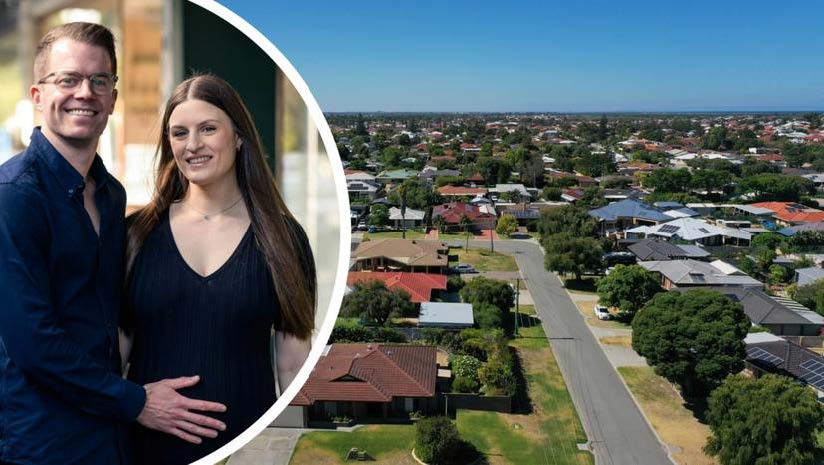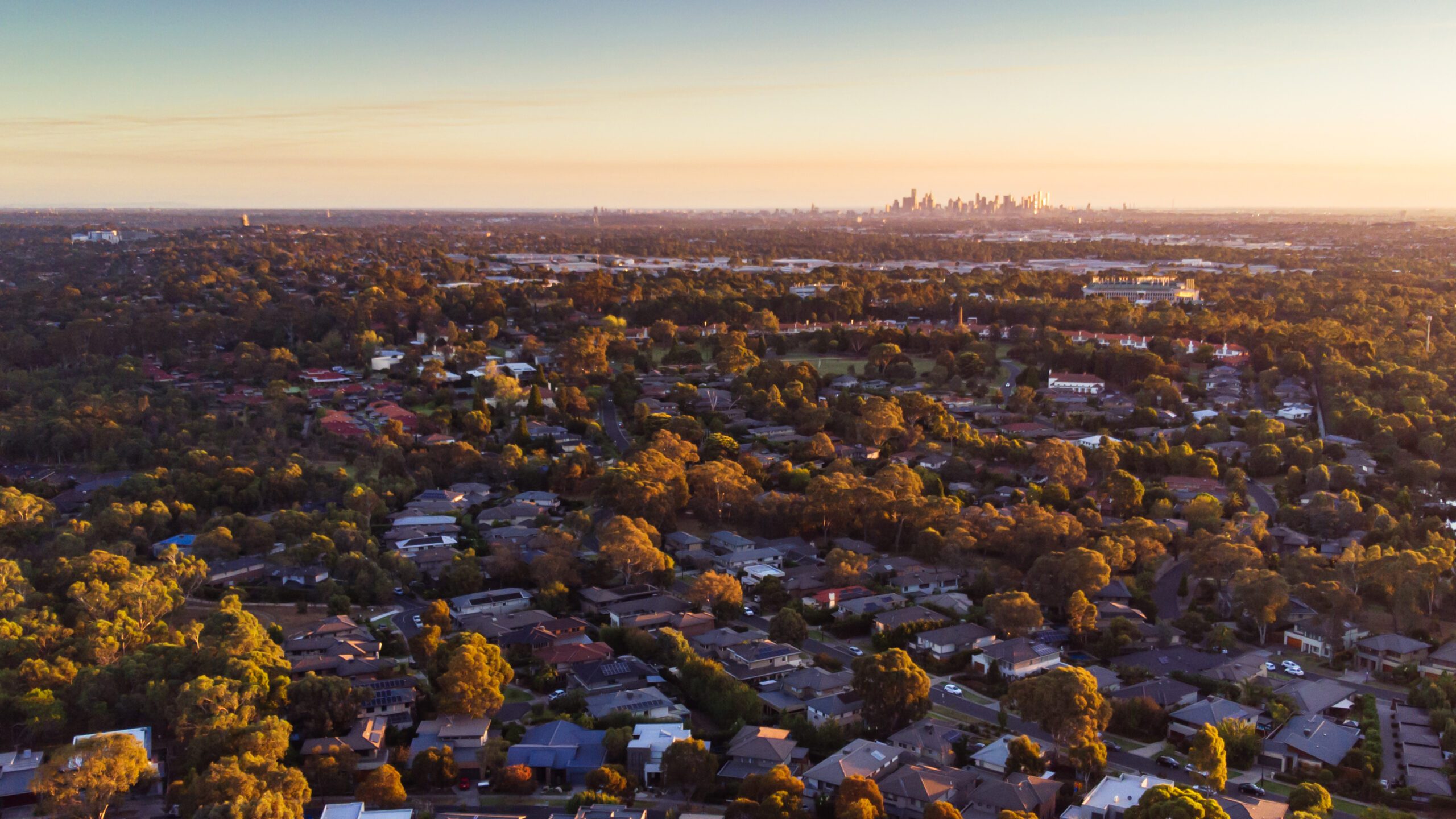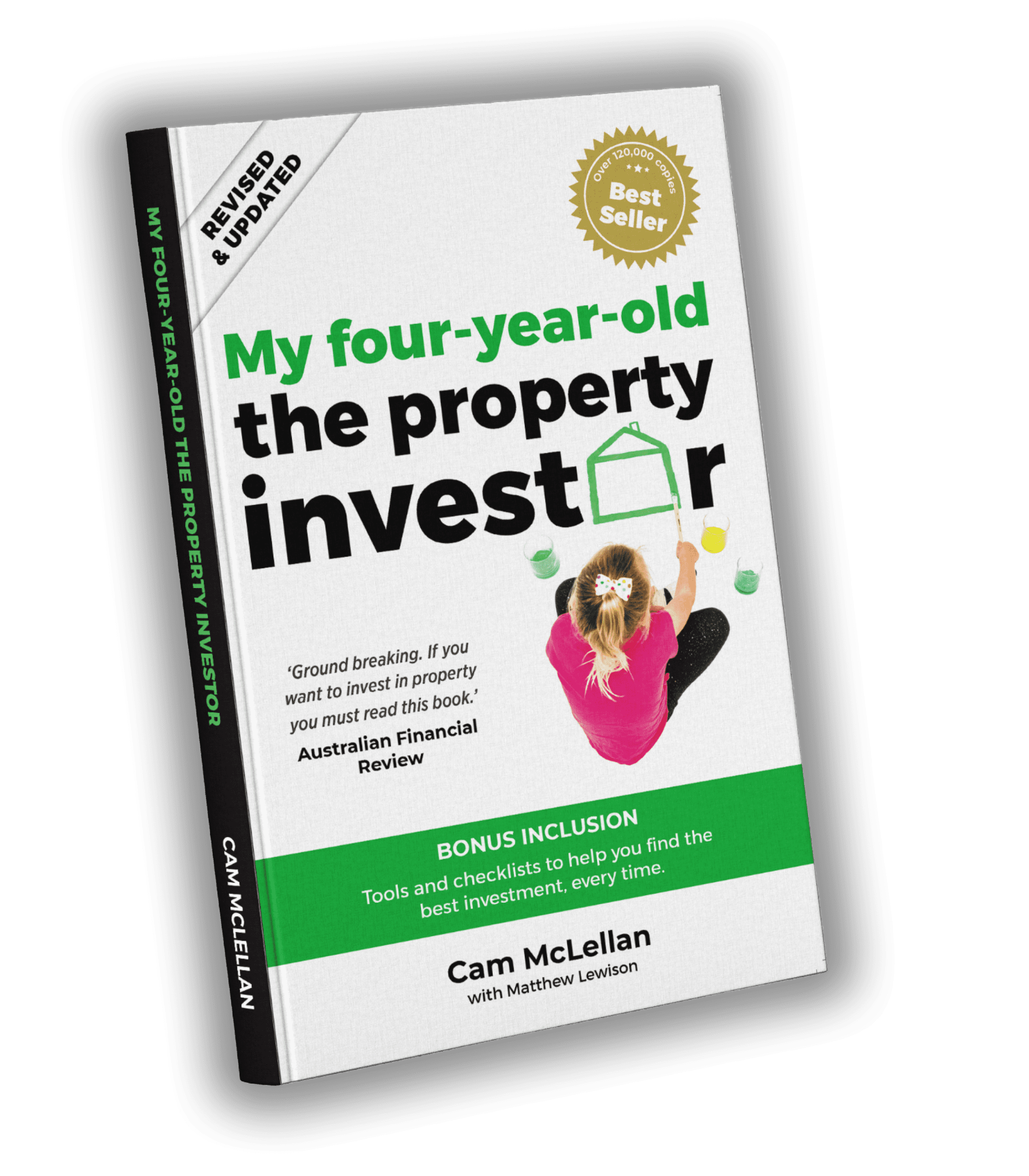By Al Lewison
As property developers Cam and I have been very focused on keeping in touch with the driving force in the market at any given time. So, what groups are in the market and how do we need to sell to them, if they are going to buy from out developments? What motivates and drives them at different times in the cycle of the market?
I’m going to talk to you about three groups: first-home-buyers, relocators and investors. They make up different portions of the market, at any given time.
The percentage split between the three groups has changed slightly through this market cycle, so we’re curious to see how that pans out. Historically, first-home-buyers have made up about 20 per cent of the market. Relocators, which are upgraders and downgraders, made up about 50 per cent of the market and investors, about 30 per cent. Those percentages change depending on which position the cycle is in and I’ll explain why. At times you will probably see the government getting involved and trying to tweak those numbers. A few years ago there was obviously a big push from the government, to get first home buyers into the market with incentives and things like that. As the market improved they ramped those back slightly just to keep other economic measures ticking along.
The building industry is obviously one of the biggest drivers of the economy, so when the economy needs a bit of a kick the government they focus on the building industry and that’s when you will see these incentives coming in.
I’ll talk about first-home-buyers first of all. They are looking for basic, entry level, sub-median house pricing. They have minimal assets, limited capital to throw into the property and in reality are scared of missing out on the great Australian dream. They get very emotional when it comes to buying the property, especially if the market is high – that fear factor comes into it and they’re thinking, “I can never get into the property”.
The percentage of first-home-buyers is slightly lower at this point and investors have crept up a little bit. The economy’s stronger than it was when all the incentives started really flowing through and there is a bit more consumer confidence at this point in time.
Relocators: upgraders and downgraders are usually looking for something bigger or smaller, closer to work, closer to kids or grand kids, that sort of thing. They need to sell their own home for a good price and can pay more to get what they want, so they’re happy to pay over the market odds, so they pay above the median house price. These groups are more likely to buy at auction than the other groups. First home buyers go to auction a lot but often come out a bit battered around. Upgraders or downgraders are likely to buy in those middle ring suburbs. They often upsize or downsize in a similar area to where they have been living, depending on the stage of their life and whether they have kids. Relocators tend to push further towards the CBD or activity centres and then stay put.
Cam and I really focus on understanding the percentage of investors. We do this by paying attention to the amount of loans that are going through and the amount of titles with ‘investor’ tacked on. This means whether a property going through the titles’ office is a primary place of residence. In a similar way to first-home-buyers, property investors are interested in sub-median house prices. A big point is that investors should never buy at auction. Paying more than everyone else is not a smart investment strategy. It has always amazed us that investors would purchase at auction.
Investors don’t push prices up, they absorb additional stock on the market. This is an interesting point and is the reason we focus on how many investors are purchasing in any capital city at any point in time. Investors should be buying at the start of the market. The smart investor always buys at the start of a recovery phase; they don’t buy during market hysteria. Once those larger capital cities, like Melbourne and Sydney especially, have had a bit of growth, the smart investors pull out and the relocators and first home buyers’ purchases really crank up. So first-home-buyers usually give the market a kick, then investors jump in and soak up that extra stock and then relocators come in and push the market frenzy to fever pitch.
What is good for investors to understand is that when the capital cities such as Melbourne and Sydney have reached that point, investors who jump to smaller markets, like Perth and Brisbane, can really invigorate those smaller markets. This is when things get exciting. You can get some really quick growth in those smaller markets and relocate your equity back into the capital cities.
Perth and Brisbane have been great examples over the last property cycle, for maybe the last ten years. Those of you who follow it would have seen some really steep spikes in both those cities, over one or two year periods and then it tapered back and slowed down a little bit.
Hopefully this has given you a little bit more insight into some of the pressures on the market cycles. Obviously, being developers ourselves, we’re really keen to talk to our sales agents and see how much they understand about the different demographics and the products we’re selling. For example, if we are doing a high rise apartment, we like to find out whether those agents really understand the different buying types and who they are going to sell our product to.








